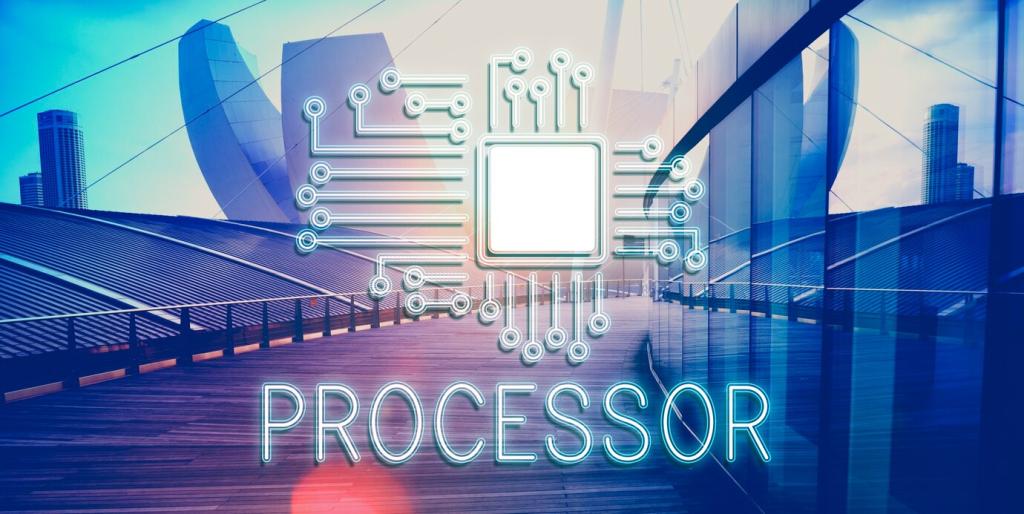Welcome to the Era of Smart Home Automation Systems
Hubs orchestrate communication between your devices, bridging protocols like Wi‑Fi, Zigbee, Z‑Wave, and Thread. Choosing an ecosystem that supports open standards and broad integrations reduces headaches, safeguards flexibility, and helps future devices slot in without rewiring your entire home.
What Makes a Home Truly Smart
Great automations fade into the background. Picture lights gently brightening as you wake, the thermostat preheating before you arrive, and the door locking after you leave. One reader shared that a simple arrival routine cut frantic mornings in half and calmed school-day chaos.
What Makes a Home Truly Smart
Hardware Essentials: Sensors, Switches, and Controllers
Sensors That Sense What Matters
Motion, contact, temperature, humidity, light, and leak sensors provide context so automations act intelligently. Well-placed sensors reduce false triggers, improve comfort, and protect your home. Begin with rooms you use most, then layer additional sensing where it drives meaningful outcomes.
Smart Switches Versus Smart Bulbs
Switches preserve manual control and keep lights usable when guests flip the wall. Bulbs add color and granular control but can be disabled by a stray switch. Many homes blend both—smart switches for common areas, smart bulbs for accent lighting or creative scenes.
Controllers You Will Actually Use
Wall keypads, scene remotes, and tactile buttons offer quick access without fishing for a phone. A couple of well-placed physical controllers transform everyday convenience. Choose designs that match your decor and assign intuitive actions you will remember in the dark.
Energy Efficiency and Sustainability
01
Studies report heating and cooling savings in the 10–15 percent range when smart thermostats optimize schedules and setbacks. Automations based on presence and weather forecasts minimize waste, while gentle adjustments maintain comfort and protect equipment from short cycling.
02
Use ambient light sensors to dim fixtures when sunshine floods the room and boost brightness after dusk. Combining motion with adaptive schedules ensures lights are on only when needed. Readers often report noticeable savings without ever noticing the automation at work.
03
Smart plugs with energy monitoring reveal hidden standby consumption. Grouping entertainment gear or office peripherals on controlled outlets cuts phantom loads overnight. Share your monthly kWh wins in the comments and inspire others to chase their own quiet efficiency gains.



Voice, Apps, and Accessibility
Voice Assistants as Inclusive Interfaces
Voice control helps when hands are full or mobility is limited. Simple phrases for scenes like good night, movie time, or welcome home feel natural. Keep names short, avoid duplicates, and test with the people who will actually use them daily.
Mobile Apps and Dashboards That Empower
Clean dashboards put the most-used controls up front—locks, climate, lights, and security status. Group devices by room and create favorites for frequent actions. Share screenshots of your layout to inspire others and highlight clever shortcuts you have discovered.
Routines for Every Household Member
Create profiles that adjust temperature, lighting, and media to personal preferences. A reader told us their teen’s focused study scene—cooler lights, quieter HVAC, and blocked distractions—improved homework consistency within a week. What routine would make your evenings smoother?
Future-Proofing With Matter, Thread, and Local AI
Matter aims to unify device control across ecosystems, while Thread adds a resilient, low-power mesh network. Together they reduce vendor lock-in and improve reliability. If you are starting fresh, prioritize products labeled Matter-ready or Thread-capable for smoother growth.


Future-Proofing With Matter, Thread, and Local AI
On-device processing powers smart presence detection, gesture control, and noise-aware alerts without sending raw data to the cloud. Local AI responds faster, preserves privacy, and works during internet outages. Expect more devices to ship with powerful chips optimized for home use.
